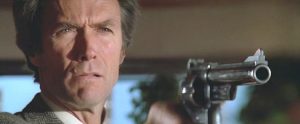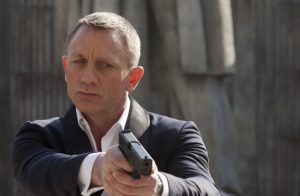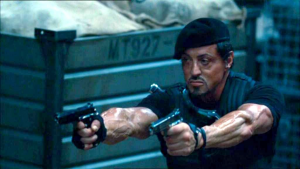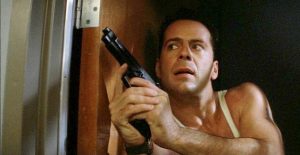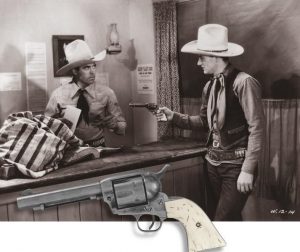Many people would love to collect guns but there are so many awesome guns out there, that you may feel overwhelmed. Gun collecting is a great hobby so don’t give up! We’ll go over all of the basics to consider before starting, and even go over what our favorite ammo is for using with your collection. We personally like Tula ammo.
Here are five ways that will help you get started.
Choose Which Guns You’d Like to Collect
This is the very first thing to do. You may already be drawn to one type of gun but if you’re a beginner, you need to narrow it down. One of the ways to do this is to research which part of history you like most. This could be World War I or II, the War of Independence, the Wild West or contemporary guns. If you’re drawn to historical weapons, check out Flayderman’s Guide to Antique American Firearms and Their Values which is a must have for any gun collector. If you’re after something more modern, your go-to book is S.P. Fjestad’s Blue Book of Gun Values, now celebrating its 35th Anniversary in print.
Go and Look at Guns at a Gun Show and Join a Club
You can search for Gun Shows near you at The NRA website. You can also search for your nearest Gun Collectors organization from the same page. Gun collectors are very sociable and love to talk about their collections so you can get some great information. You will also get to see lots of guns so you can continue to decide which ones to concentrate on as a collector yourself.
Going to a gun club is a great idea because although you can learn a lot of information from the net, books and magazines, to fall in love with one you need to be able to hold it. Gun collectors love to show off their items so it’s a good opportunity to do this.
Sign Up for Magazine Subscriptions
Don’t balk at the cost. If you’re going to collect guns then you’re going to part with some cold hard cash so doing some research will save you a lot of wasted time and wasted money. The magazine websites have a lot of useful information too.
Try:
- Guns & Ammo
- Guns Magazine
- Shooting Times
- And the highly popular Man at Arms
Ready to Start? Don’t Go Crazy!
For your first gun, try and resist the pistols owned by George Washington. A pair of steel mounted saddle pistols owned by him were sold in 2002 at an auction in New York for a cool $2 million.
Like we said, start small.
Lighten Up
It’s a fact that you will probably make a mistake or two along the way. Everyone does so try not to beat yourself up about it. Take it as par for the course and most of all, remember to enjoy your new hobby. Although we are sure that you will!
Don’t Forget That Guns Are for Shooting
If you need some ammo for your gun collection you need to look at Tula ammo. With the approval of Emperor Alexander II, Tula ammo was founded in 1880 and is still privately owned and going strong today. Tula ammo is known for amazing quality at affordable prices so treat your new collection to ammunition from this historic company.
